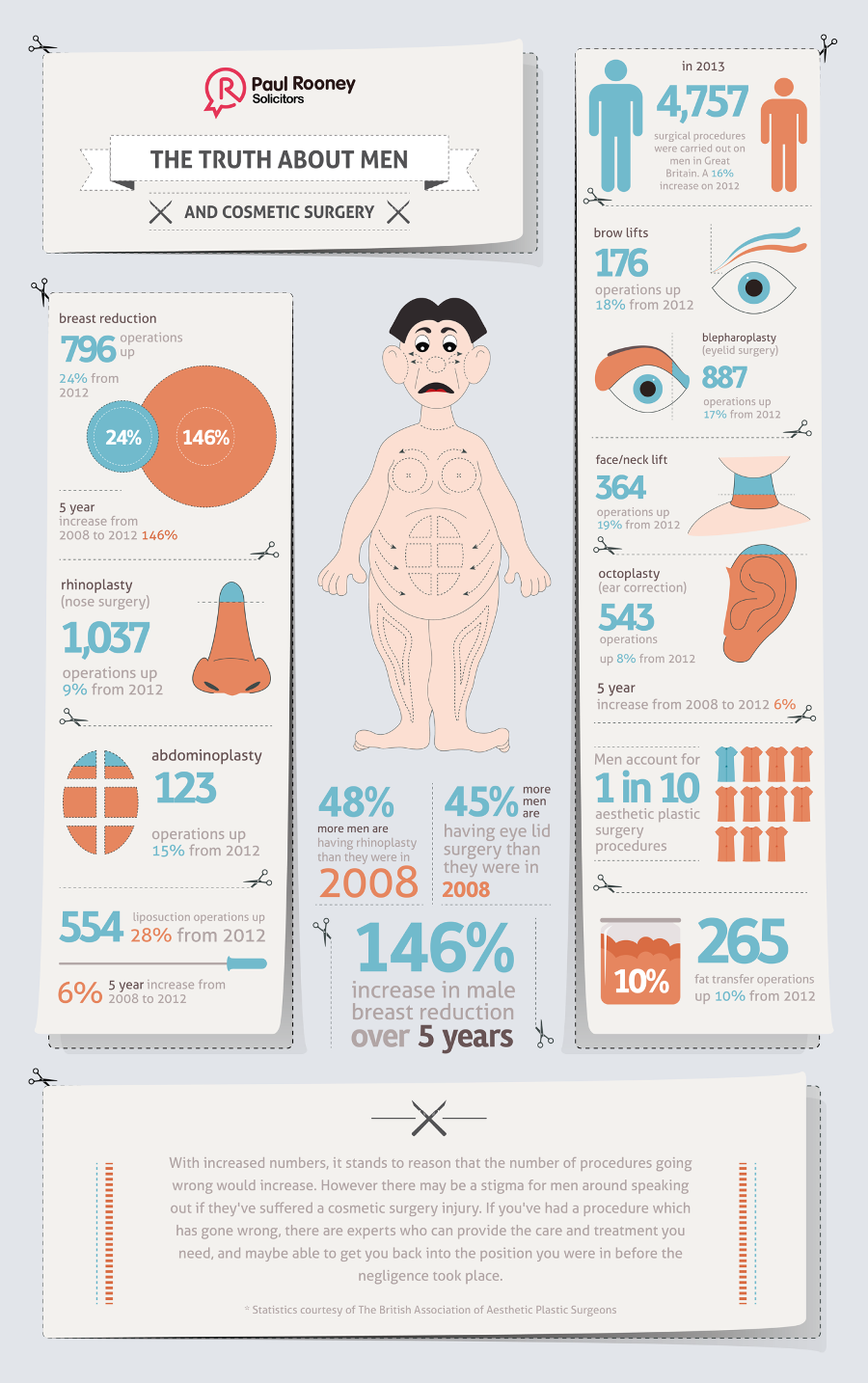Hormonal acne is defined by blocked pores and oily skin that generally shows up on the chin and jawline. It happens when hormonal adjustments activate inflammation and microbial overgrowth within hair follicles.
Outbreaks might look like whiteheads, blackheads, papules or pustules and cysts or blemishes in extra extreme instances. It is extra common in teens going through puberty but can affect adults of any age.
What Causes Hormonal Acne?
While acne can be caused by a variety of factors, including using hair and skin care products that aren't oil-free or made with ingredients that could clog pores, genetic predisposition, diet,2 and stress, the root cause is fluctuating hormonal agents. Hormone acne takes place when the body experiences hormone adjustments and variations that cause an overflow of sebum, which triggers swelling, boosted growth of bacteria and changes in skin cell activity.
Hormone acne is often located on the reduced jawline, cheeks and neck however can show up anywhere on the body. It is defined by blemishes that are cystic, unpleasant and filled with pus or other product. It is additionally most likely to happen in women than men, specifically throughout the age of puberty, the menstruation, pregnancy or menopause.
Age
While numerous kids experience acne at some point throughout the age of puberty, it can continue to afflict adults well right into the adult years. Referred to as hormonal acne, this form of outbreak is linked to changes in hormones and is typically most usual in females.
Hormone acne occurs when oil glands produce way too much sebum, which obstructs pores and traps dead skin cells. This results in the formation of imperfections, such as whiteheads, blackheads and papules, pustules, cysts or nodules, deep under the surface.
This sort of acne typically causes discomfort, soreness and inflammation. It may additionally be cyclical and appear around the very same time monthly, such as right before your duration begins. This is since levels of women hormones like progesterone and oestrogen fluctuate with each menstruation.
Menstruation
Hormonal acne typically shows up in the lower part of your face, along the jawline and cheeks, as whiteheads, blackheads or inflammatory pimples (acnes and cysts). It's probably to appear around the moment when your menstrual cycle changes.
Specifically around ovulation, when estrogen and progesterone levels are on the increase, hormone variations can trigger breakouts. Yet it's also feasible to get acne at any factor during your 28-day menstruation.
If you observe that your hormonal acne flare right before your duration, try noticing when precisely this happens and see if it connects to the phases of your 28-day menstruation. This will aid you pinpoint the origin of your skin difficulties. For example, you might want to work with balancing your blood sugar and eliminating high-sugar foods, or consider a prescription drug like spironolactone that can regulate your hormonal agents.
Pregnancy
Expanding a baby is a time of significant hormonal adjustments. For numerous women, this consists of a flare-up of hormonal acne. This kind of breakout normally begins in the very first trimester, around week six. It's triggered by hormone rises that stimulate sebaceous glands to make even more oil, which can block pores and create more microorganisms to build up.
Outbreaks may likewise take place as a result of pre-existing conditions like polycystic ovary disorder, which can also be a concern during pregnancy and menopause. Likewise, some types of contraceptive pill (such as Ortho Tri-Cyclen and YAZ) can trigger hormonal acne in some females.
Fortunately, the majority of acne treatments are "no-go" for expecting women (including prominent acne-fighting active ingredients such as isotretinoin and spironolactone). But if you can not avoid those frustrating bumps, your doctor may suggest oral erythromycin or cephalexin, which are risk-free while pregnant.
Menopause
As women approach menopause, the estrogen degrees that caused their hormone acne to flare during adolescence start to stabilize and reduce. At the same time, nonetheless, a spike in androgens (also referred to as male hormonal agents) occurs since these hormonal agents can't be converted into estrogen dysport as properly as before.
The extra of androgens can cause oil production by the sebaceous glands, which blocks pores. When the clogged up pores become irritated and aggravated, a pimple types.
Hormone acne is typically seen on the face, particularly around the chin and jawline, however it can take place on the neck, back, shoulders, or chest. This kind of acne has a tendency to flare in a cyclical pattern, similar to the menstruation. Stress and anxiety, which increases cortisol and throws hormones out of equilibrium, additionally contributes to the breakouts.
